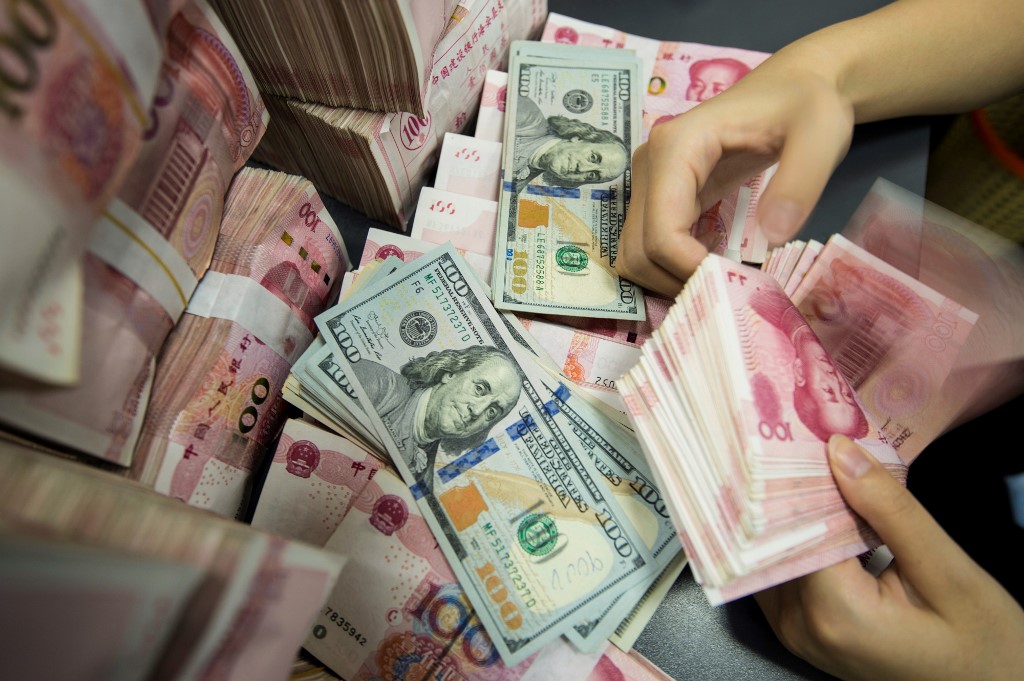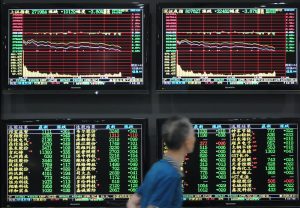(ATF) More coronavirus cases have been discovered in China’s Russia-bordering Northeastern provinces. The total now is 46. More than 100 million people in three provinces remain under lockdown.
Scientists believe all or most of those cases have been imported from Russia, which has surged into second place (300,000+ infections) globally behind the US in total number of infected.
The new Chinese outbreak clusters are limited. The most worrying aspect is that doctors report that the infected show different clinical symptoms than was evident in the Wuhan cases and may also be taking more than the one-to-two weeks of showing first symptoms that had been observed in Wuhan.
This, of course, suggests that the virus that has come in from Russia may have undergone substantial mutation since the January-February period. That, in turn, could make finding a vaccine or cure more difficult and delay a return to full-scale economic activity.
The sharpest declines in the yuan since mid-March have come mainly on bad virus news and secondarily on talk by US President Donald Trump and other White House officials on restrictions on US portfolio investment in China. Both factors have outdistanced economic news and monetary policy moves.
I wrote yesterday that we should expect more fiscal and monetary stimulus at the upcoming NPC sessions.
But the virus and US investment restrictions, which have kept the yuan pinned near the weak side of the 7.05-7.11 range since March, will continue to dominate yuan moves.
The People’s Bank of China (PBoC) set parity at 7.0956 this morning, marginally down from Tuesday. In Asian trading, as has been the case for a week now, the yuan weakened further and traded at 7.1012 at 7pm HK time. CNH, the offshore yuan, stood at 7.1108.
For foreign investors in Chinese securities who must hedge against further weakening of the yuan going forward, what are the Chinese currency’s prospects?
There are three potential downside factors: More rhetoric and actions from the Trump administration, longer than expected or renewed economic lockdowns, and easier monetary policy to stimulate growth and employment. The only positive yuan factor is deflationary pressure.
Looking at that line-up, any inclination to take advantage of current Chinese securities prices must be balanced by downside currency risk.
ALSO READ: Central bank keeps powder dry as others empty toolkit
























